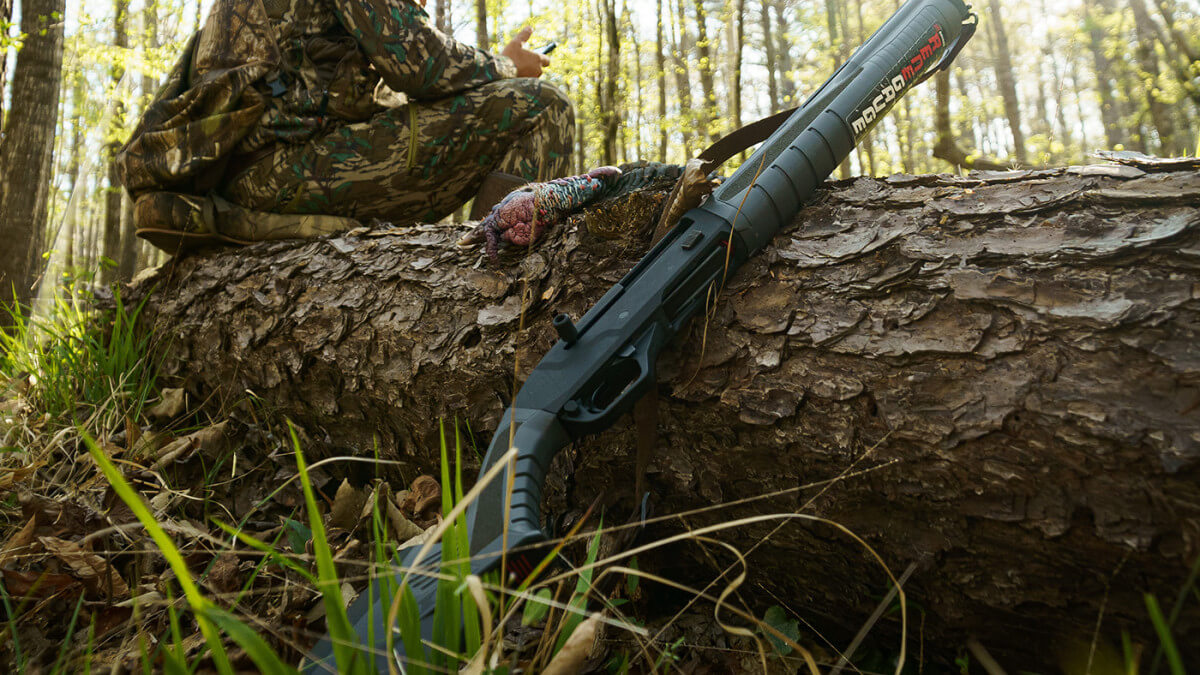- Savage Blog
- There's a Pattern Here | Patterning a Turkey Gun
There's a Pattern Here | Patterning a Turkey Gun

Patterning a turkey gun is every bit as important as patterning a deer rifle. Chokes, turkey loads and shotguns continue to get better, producing tighter patterns every year.
As much as you might like having a tight-patterning turkey gun, don’t forget that the tighter the pattern, the easier it is to miss a bird. Think about it: The best place to aim at a boss tom is just below its head. With a neck about 1 1/2 to 2 inches wide, and a head about 3 inches across, that’s a mighty small bullseye! Put that small target on a neck that’s constantly bobbing and on the move, and you’d better know your gun is hitting exactly where you think it is.
Patterning a turkey gun is easy. It’s literally as simple as putting up a target and shooting it at 25 or 30 yards to see how it groups – yes, turkey shotguns tend to group pellet spray just like a rifle groups bullets.
The hard part of patterning a turkey gun is finding a variety of chokes and loads to try in your gun. Finding a variety of loads to try can be difficult, not to mention expensive. Some makes and models of shotguns seem to prefer a particular brand of choke and load, but every gun can be different. To avoid spending as much on ammunition as you did on your shotgun, poll your buddies and offer to trade a shell or two for an equal number of whatever they’re using. Borrowing chokes isn’t as simple since they’re brand-specific, but do it if you’re shooting a gun that uses the same style choke as your buddy’s gun.
Also note that patterning a turkey gun isn’t only for those who use optics. Whether you have an open sight, bead, red dot or scope, turkey patterns are tight enough to hit high or low, left or right or some combination thereof. The only way to find out where your gun is patterning is to shoot it.
Finally, don’t quit when you find a good combination at 25 or 30 yards. Take a shot or two at 50 yards to see how well the pattern holds at longer distances. It’s entirely possible to have a combination that works great in close, but holds few killing pellets at distance. Meanwhile, a lesser-performing close-in pattern might hold up better for longer shots. You won’t know until you try. Knowing the limits of your gear also lets you know how far you can ethically shoot in the woods.
Finally, don’t forget the whole point of shooting a shotgun is to have room for error (or movement). Everybody seems to want a tiny circle of massively-packed pellets, but it sure seems like there are a lot more misses nowadays, especially at close range. Turkeys aren’t paper, so set up your gun to blast toms, not targets.

